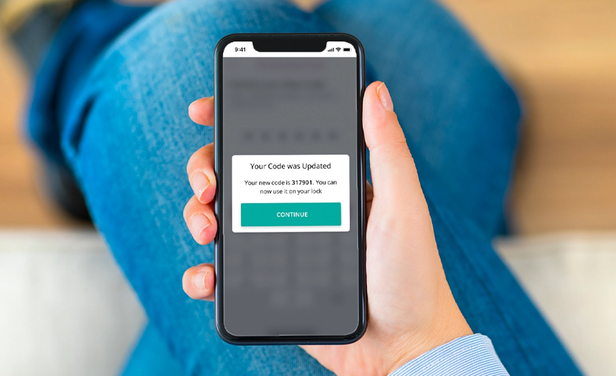Subscribe to our newsletter
Labor shortages, increasing operational costs and logistical challenges are currently combining to create inefficient processes for single-family rental (SFR) and build to rent (BTR) operators. Proptech is reversing this trend by building in workflow efficiencies and curbing expenses, enabling property managers to deliver the living experience renters demand while optimizing property performance.
Below are five keys to getting the most out of proptech and smart home deployments.
1. The Tech Trilogy
Renters demand three smart home technologies above all others: smart thermostats, smart access control and smart lighting. Multiple studies and real-life examples show they are willing to pay a premium for these in-home features. For properties with at least one smart device installed, most property managers and owners also expect to decrease operational expenses by 10% to 20%.
2. Build Out the Platform
Smart thermostats, access and lighting are a great start, but they only represent a fraction of what proptech can deliver to residents and operators. Operators can further improve property performance by deploying tech-like smart sensors and leak detectors, which generate alerts at the first sign of a problem to reduce damage and expense.
3. Seek More than a Hardware Provider
The key to optimizing a portfolio-wide smart home system goes far beyond installing a bunch of hardware. Suppliers must also provide a single app to manage every device and integrate with property management software. Value is truly unlocked when leasing and maintenance workflows are streamlined through device automations. Smart home solution providers should function as true partners with owners and operators to ensure complete and seamless integration.
4. Maximize Maintenance Efficiency
Maintenance service can make or break a resident experience and heavily impacts resident retention. Through an interoperable workflow system, maintenance teams and vendors can leverage smart home solutions to not only gain access to perform the necessary work, but receive alerts before issues become catastrophic problems.

5. Focus on the End User
Not every proptech solution was designed for real estate, but tech providers with an insider’s perspective on industry pain points have a better understanding of what moves the needle for site teams and residents. Above all, proptech and smart home solutions should empower teams and improve the lives of residents.
Proptech and smart home implementations establish operational efficiencies that enable operators to more effectively manage their properties. However, proptech strategies need to adapt as renter demands shift and operational needs change. When deployed strategically, tech solutions should always optimize property performance while also improving the resident experience.

